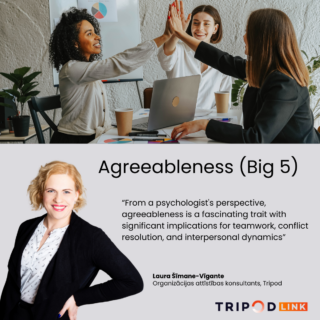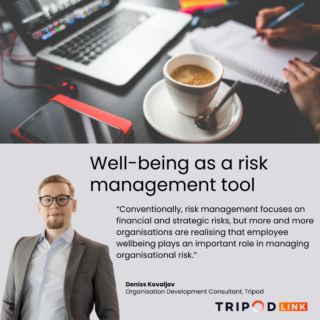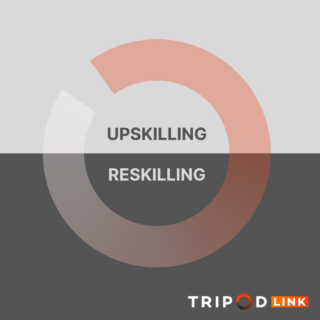
Openness to experience is a key personality trait that significantly influences how individuals engage with new ideas, challenges, and innovations in the workplace. This trait is characterized by a willingness to explore new experiences, think creatively, and adapt to changing circumstances. While high openness can be a tremendous asset in today’s rapidly evolving work environments, it can also pose certain challenges. Conversely, low openness offers its own strengths and risks, particularly in relation to tradition and adaptability.
Individuals high in openness tend to view change and new technical solutions as exciting opportunities rather than threats. This positive attitude enables them to seek out innovative solutions and navigate the complexities of an ever-changing workplace. High openness fosters creativity, allowing individuals to approach problems with fresh perspectives and generate novel ideas. However, one potential risk of high openness is the tendency to crave constant change, which can lead to restlessness and difficulty settling into a single role or project. Those who score high in this trait may find themselves seeking new challenges and positions frequently, potentially leading to instability in their careers.
On the other hand, low openness often manifests as a preference for tradition, structure, and established systems. Individuals with lower openness may be more comfortable with routine and less inclined to embrace change, valuing stability in their work environments. This can be a significant advantage in roles where consistency and reliability are vital. However, the downside of low openness is the potential for fear or resistance to new technologies and solutions. In organizations that do not foster a supportive and caring environment, individuals with lower openness may feel ashamed or hesitant to ask questions about unfamiliar tools or processes. This reluctance can lead to disengagement and reduced productivity, as these individuals may struggle to adapt to necessary changes in the workplace.
Diversity in openness within a team can enhance the organization’s ability to adapt to change. Those with high openness can drive innovation and exploration of new solutions, while those with low openness can provide stability and adherence to proven systems. Balancing these traits allows organizations to cultivate an environment where both creativity and reliability thrive.
In summary, openness to experience is a critical trait for navigating the complexities of modern work environments. High openness can facilitate the discovery of innovative technical solutions and foster a positive attitude toward change. However, it can also lead to a desire for constant novelty that may impact stability. Conversely, low openness offers strengths in valuing tradition and structure but carries the risk of fear and disengagement in non-supportive settings. By recognizing and valuing the strengths and challenges associated with both high and low openness, organizations can create an environment that encourages growth, engagement, and productivity.







